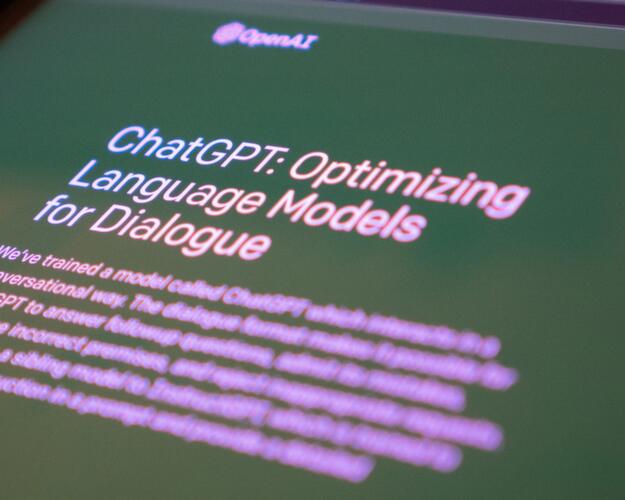Five writing styles to inform your content strategy
Thought leadership can be done well or badly. It can be visionary or embarrassing.

Thought leadership can be a contentious word. Some love it as a strategic approach to content which offers genuine insight and moves organisations beyond simplistic brand awareness, others dismiss it as an overblown way for marketers to spin their products. For some it is simply offering an opinion, for others (us included) it is about providing genuine, evidence backed insight into your customer’s challenges.
As with anything (especially in marketing), words mean different things to different people. Thought leadership can be done well or badly. It can be visionary or embarrassing.
Any content strategy should start by understanding who you want to reach and how you want them to respond. Creating content that speaks to complex decisions requires research and expertise, as we discuss elsewhere in Memetic Insights.
But each individual article also requires you choose the right style, the right language, and the right narrative.

So, with that in mind, we outline below five writing styles to consider and where they could sit in your content strategy.
- Provocative: This is content designed to stimulate base reactions, usually anger, fear or frustration. It picks a contentious issue and attacks the opposite side, whilst leaving your already compliant readers vindicated in their righteous anger. Think Katie Hopkins. No-one feels good about it, and no-one leaves any the wiser. Media like this because it gets lots of clicks, but it rarely serves your brand well.
- Confirmational: The kinder cousin of the provocative article. This presents a view your audience will largely agree with and gets heads nodding. They usually have headlines such as ‘Why [the thing you are already doing] is now more important than ever” or “Why [your area of expertise] deserves a seat on the board”. Such articles – as long as they are sincere - can be useful to people who want validation of their approach, leaving them receptive to other messages which you can work in. Few leave the reader thinking about it for the rest of the day, but they are good for getting positive comments on LinkedIn.
- Personal: Stories that put you at the heart of the idea, often through a personal journey of discovery or realisation. They put a human spin on things. They can engage people with your ideas in new ways, and show you are human and personable. They can help people gauge if you’re the kind of person they’d like to work with. But they can also easily become self-indulgent, especially when broadcast to an audience who don’t know you personally.
- Informative: These are more factual, evidence-based articles. They start with a hypothesis, argue a case and back it up with facts, figures, case studies and expert opinion. They help readers understand an issue through well researched argument that takes them from idea to conclusion via a series of proof point. They are unlikely to have mass appeal, but the readers you are specifically targeting leave feeling more informed and remembering you as an expert.
- Actionable: Articles which provide practical advice on how to address a problem. Often an extension of informative articles, these go on to leave the reader with practical steps they can take to act upon the insight you have provided them, in ways that can improve their business or solve a specific challenge. These demonstrate that you know what you are talking about, that you understand your audiences’ challenges, and – critically – that you have ways to solve them.
A good Thought Leadership strategy starts with breaking down audience and their decisions and working out the best way to grab their attention and influence their decisions. This can include a number of different approaches. We find 4 and 5 are the most effective at influencing complex decisions. 2 and 3 work well from time to time to provide lighter, personal content to show that behind your world leading vision and expertise, you are also an approachable human. 1 is best left to the tabloids, in our opinion.
For more insights like this, sign up to our newsletter.









